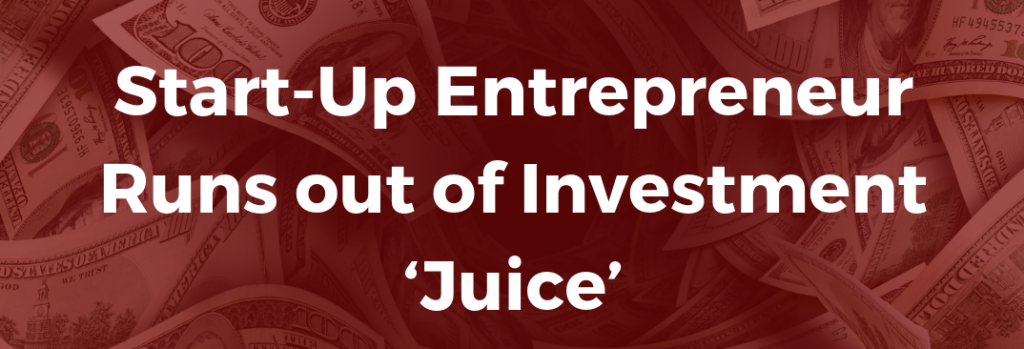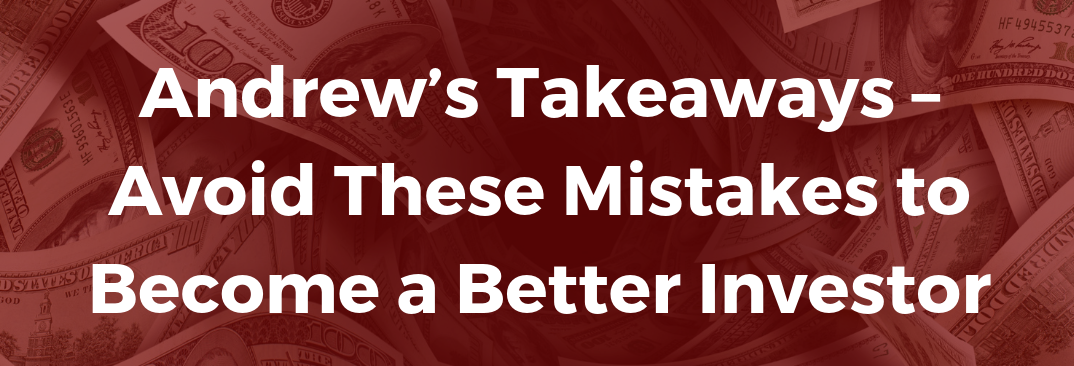Start-Up Entrepreneur Runs out of Investment ‘Juice’

Around three years ago, my partner and I founded a business producing and delivering raw juices for detoxification. We had felt that this product would be a winner because, early on, a lot of people were signing up quickly once we had explained the many health benefits of raw-juice programs. The growing movement toward greater concern about health appeared to make many people willing to spend big on preventing illness and the convenience of not having to do their own juicing.
Too many carrots in one basket
Fortunately, we had a big break when we signed a deal with Fitness First centers to provide 10 of its prime branches with our raw juices. We were contracted to deliver 1,200 bottles a month, which meant monthly revenue of 120,000 Thai baht (THB 100 per 250 milliliters). Sadly, not many Thai customers understood the considerable benefits of drinking raw juice. It also seemed almost impossible to succeed from leaving the product to sell itself without a salesperson present.
Stock longevity and margin problems effect operations
Moreover, the juices’ shelf life was only five days, and that was in a refrigerator that maintained the bottles of juice within a strict temperature range. We spent nearly all of our money producing the juices and the sales were low. Nevertheless, we decided to continue with Fitness First because we believed having one of the top-five global brand fitness centers on our client list would boost our reputation.
Cash flow problems squeeze life out of funds to keep business running
However, around about that time, we ran out of money for further investment to scale up to the point enabling us to sustain operations or make a profit. In the end, we had lost more than 50% of our original investment. We tried to survive by setting up a kiosk-type channel on-site (Fitness First), selling juice by the glass, but that strategy failed to save us and we ended up selling to an English investor, who noted however that our branding was quite good.
Business scale, marketing, branding and customer awareness are vital
We learned that only the right business size will lead to a beneficial investment, that marketing and branding are vitally important, and that product development is one thing that cannot be ignored. Finally and crucially, understanding customer needs and behaviour are at the heart of a consumer goods enterprise.
Andrew’s takeaways – Avoid these mistakes to become a better investor
Logistics and inventory matters more than you think
It is often the case that new start-up companies place little focus on both inventory and logistics. When my best friend Dale and I set up our CoffeeWORKS factory in Thailand we spent the bulk of our money on the factory and the roasting machine, and did not think much about the inventory. But, when we contacted the green coffee-bean supplier, we found that he required a very large minimum order and since we did not have any history with him, cash on delivery. Those two things nearly killed our business.
In the above story, the perishability of the product was a major issue; this caused the product to need to be refrigerated and delivered often. Compare this to protein or energy bars that might be sold at a gym. This idea was not impossible but the cost of implementing it would probably cause it to fail.
Ignore working capital at your peril
Our recent research shows that about 60% of assets of companies around the world are long term, with the remaining being short-term, current assets. It is natural for traditional start-up companies to forecast their cash needs for long-term assets such as machinery and the like.
From my experience, most start-up management teams miss the current asset items. There are three main current asset items that a company must plan for or risk running short of cash: accounts receivable was on average has accounted for 13% of total assets, cash 10%, and inventory is 9%.
Mistakes in this story
6. Invested in a start-up company
- Invested in a start-up that lacked a clear business plan
- Invested in a start-up that lacked a competitive advantage
- Invested in a start-up that lacked adequate financial controls
- Invested in a start-up that lacked various sources of funds
Learn about the six ways you will lose your money and how to avoid them here.



[…] This post was originally published here. […]